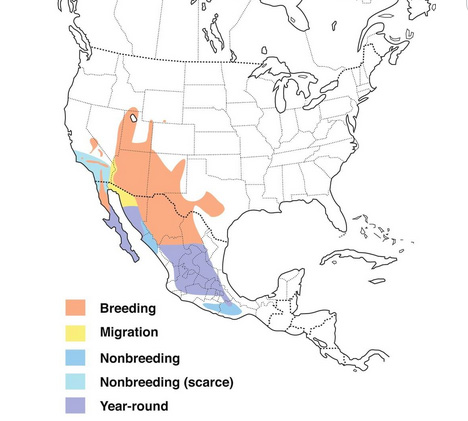
Scott's Oriole range map
A few days ago, I received a photo from an Augusta County resident who has an oriole visiting her suet feeder and cut oranges that she puts out for the birds, and she was asking my opinion on what type of oriole it was. We only have three oriole species recorded here in Virginia. Baltimore Orioles are somewhat common in the summer and during migration, but rare in the winter. Orchard Orioles are common in the summer and very rare during the winter. Bullock's Orioles are very rare in Virginia at any time during the year. First summer male Orchard Orioles are yellow with a black throat, and adult males are dark chestnut and black with white wing bars. The oriole in this photo looked to me like a first summer male Orchard Oriole, but with more black on its head, and as I had never seen one during the winter months, assumed that it was an immature male changing into its adult plumage.
|
I contacted the resident and asked for permission to see and photograph the Scott's Oriole, which was a life bird for me. Four other local birders also arrived shortly after I did, and the consensus was that this Scott's Oriole is an immature male, as there is too much black on it to be a female, even though females can be quite variable with respect to amount of black. In addition, the rectrices (large tail feathers) are more tapered, rather than being more squared off on the inner web, and more worn for this time of year than an adult would likely show. I took lots of photos of the Scott's Oriole, and here is a representative sample.
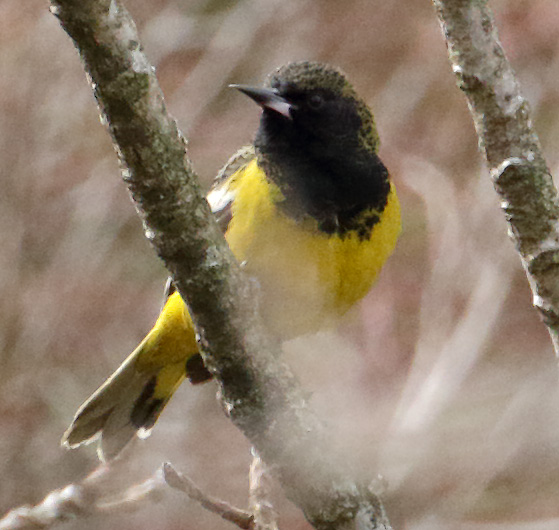
Scott's Oriole
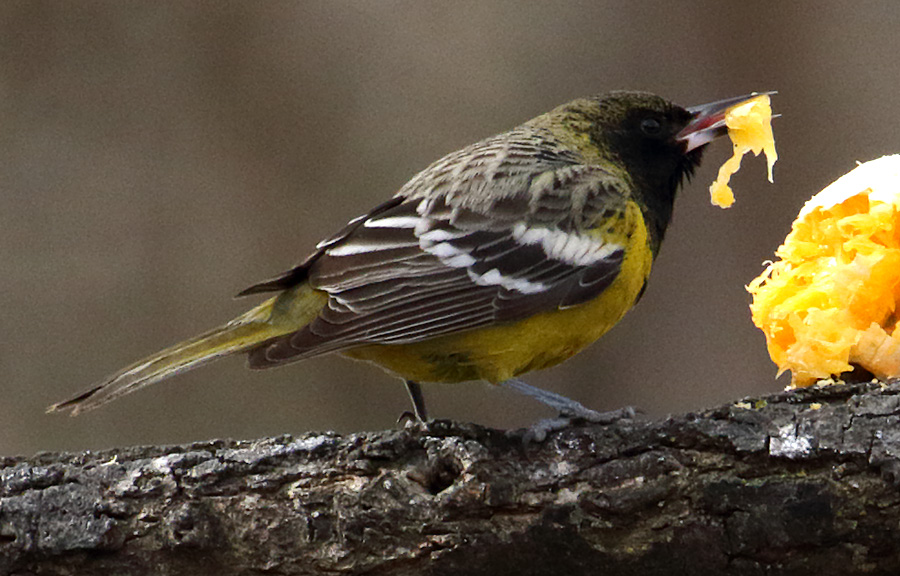
Scott's Oriole
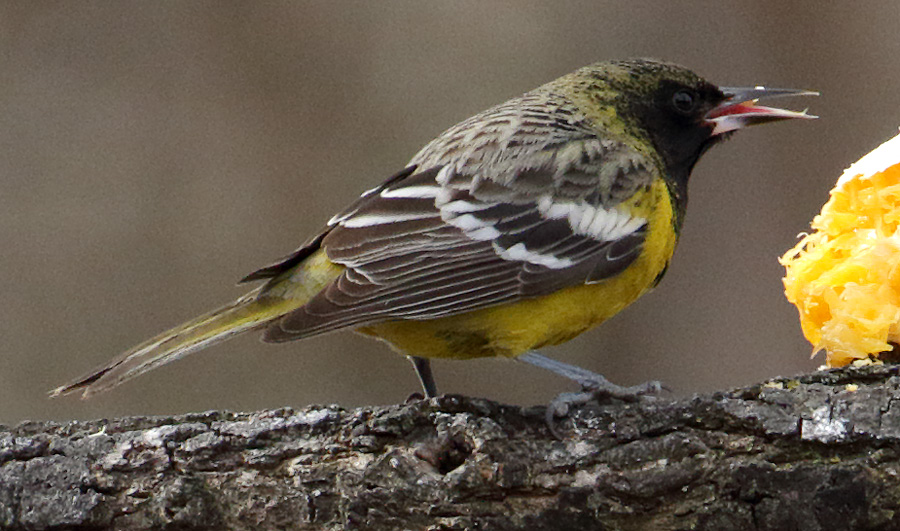
Scott's Oriole
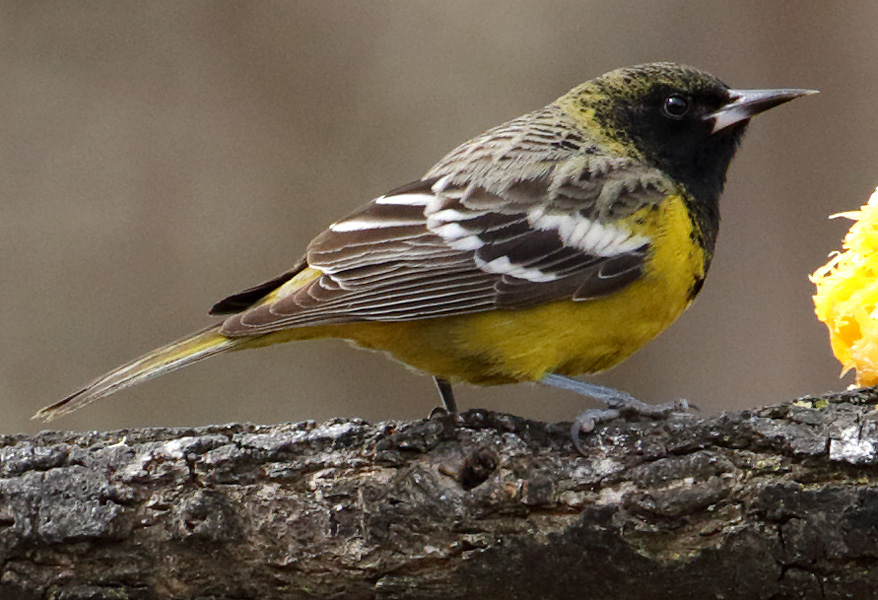
Scott's Oriole
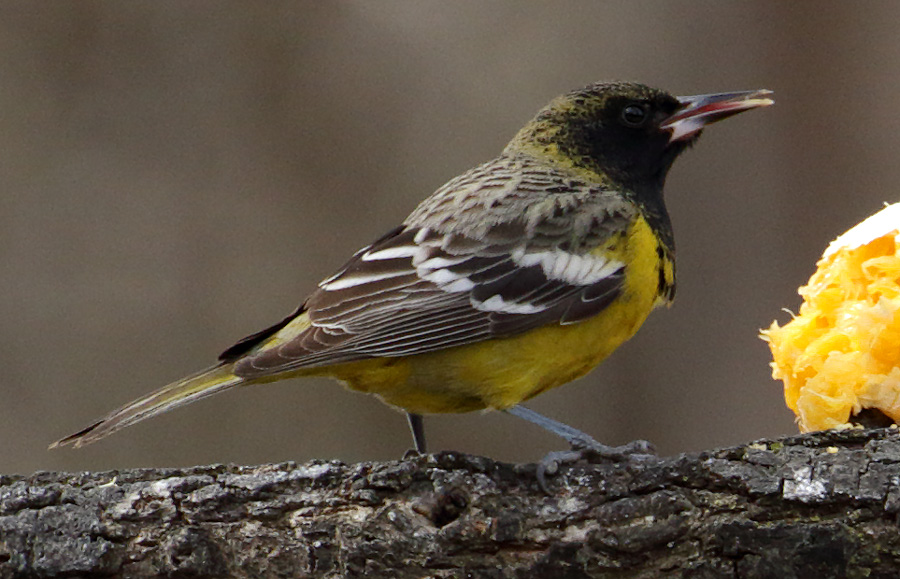
Scott's Oriole
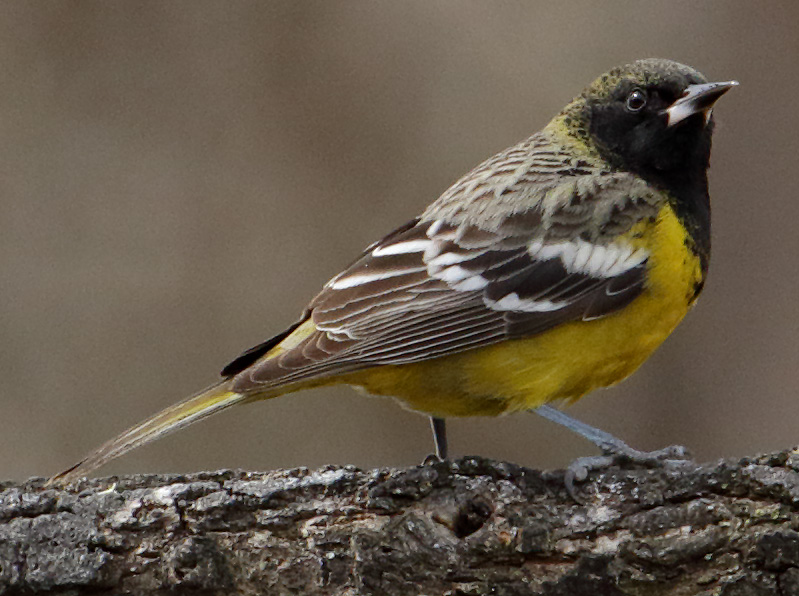
Scott's Oriole
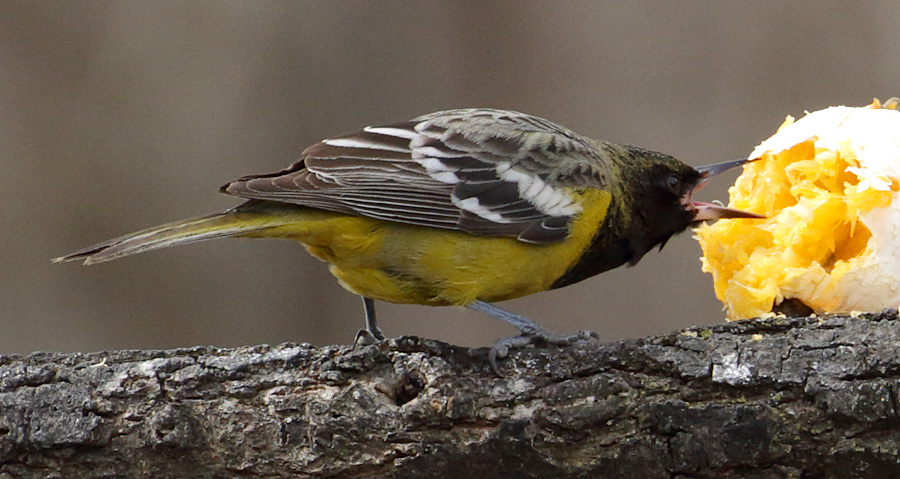
Scott's Oriole
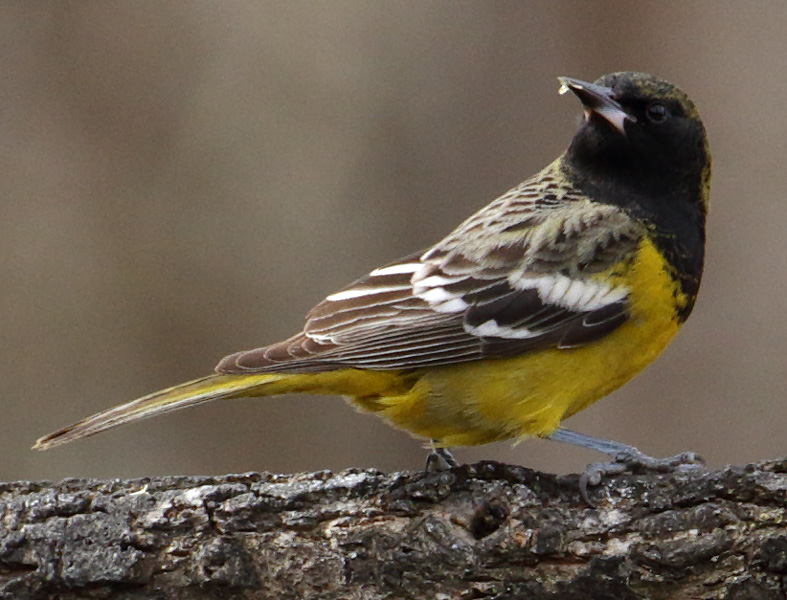
Scott's Oriole
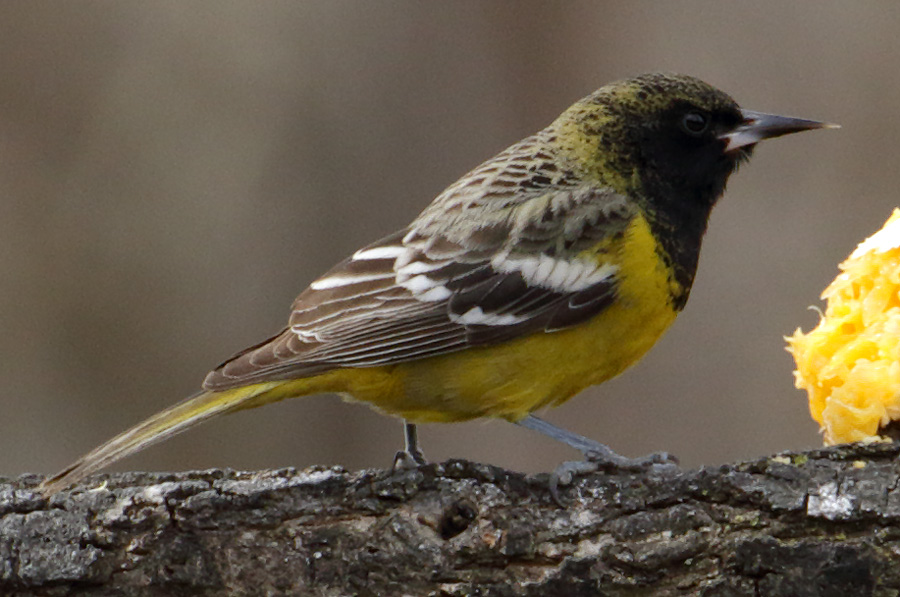
Scott's Oriole
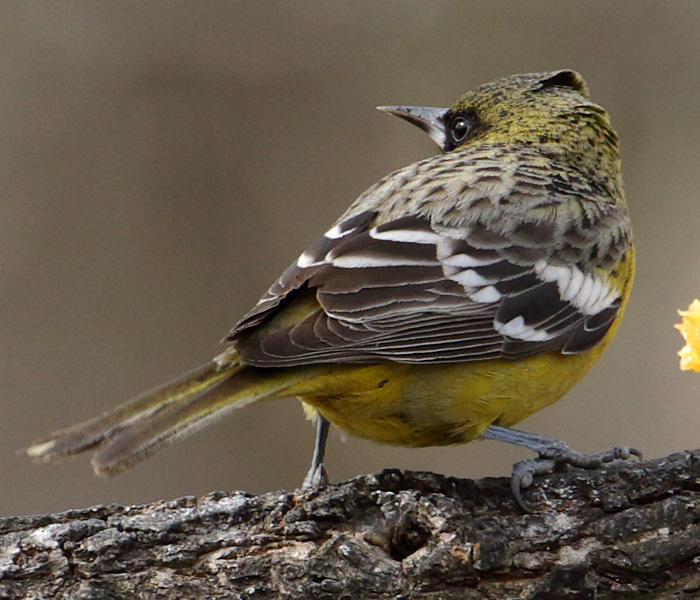
Scott's Oriole
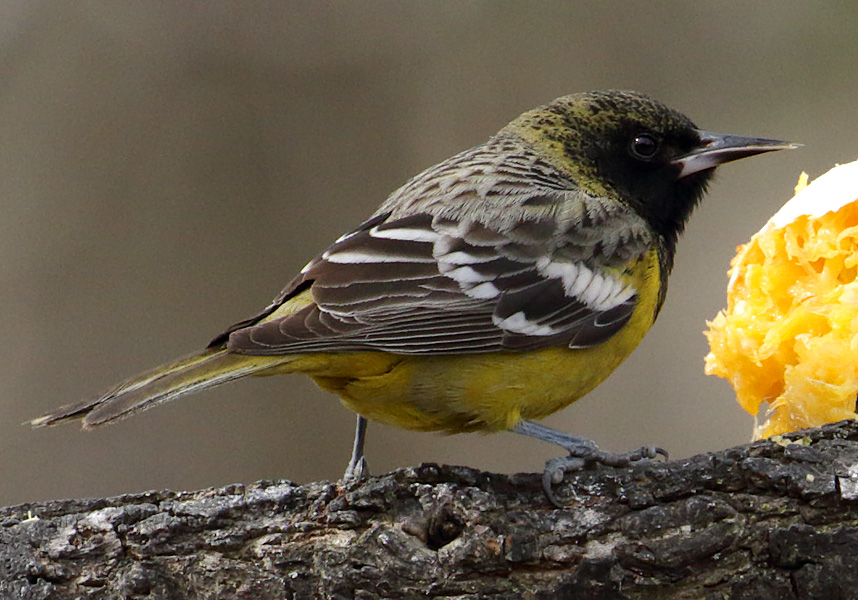
Scott's Oriole
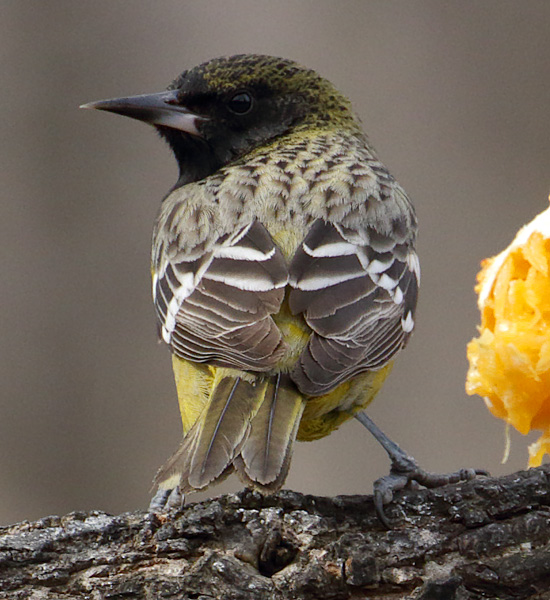
Scott's Oriole
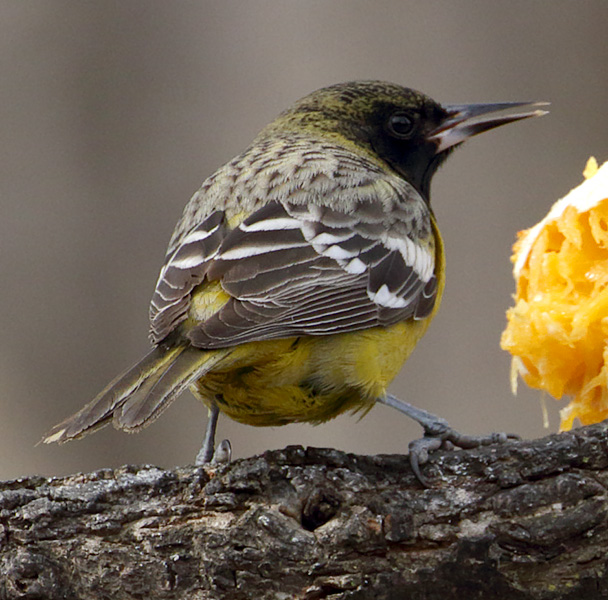
Scott's Oriole
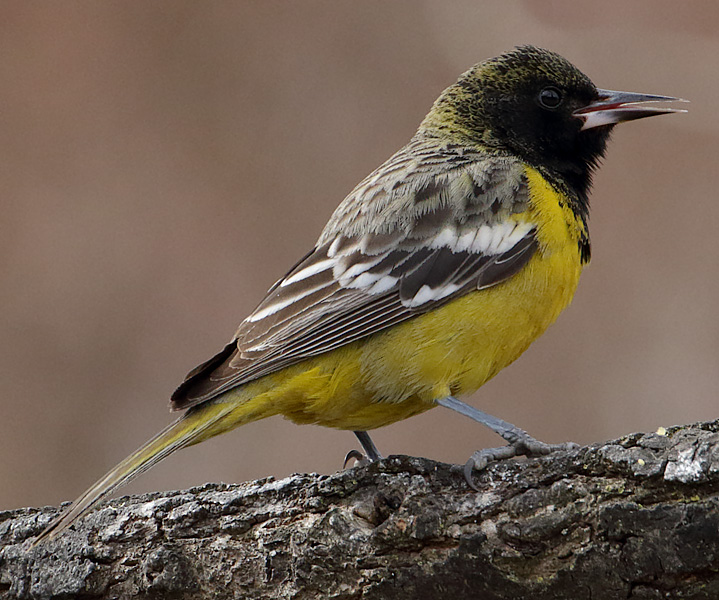
Scott's Oriole
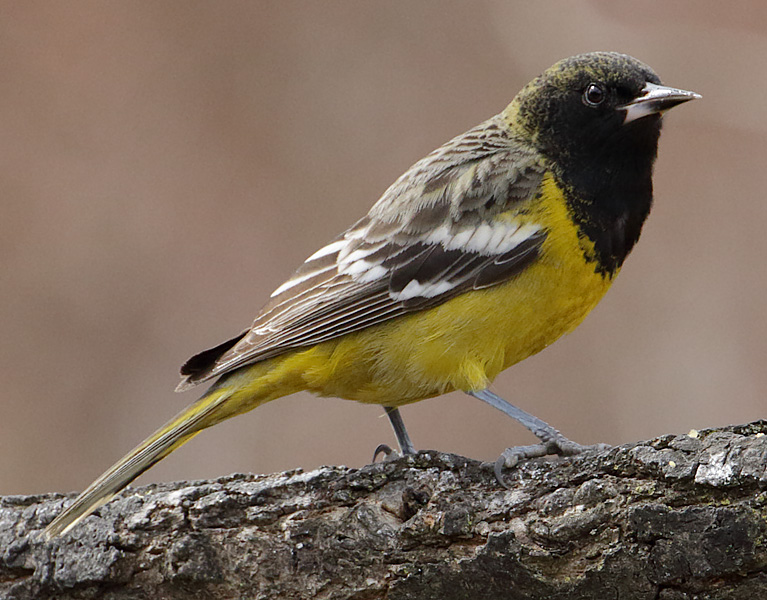
Scott's Oriole
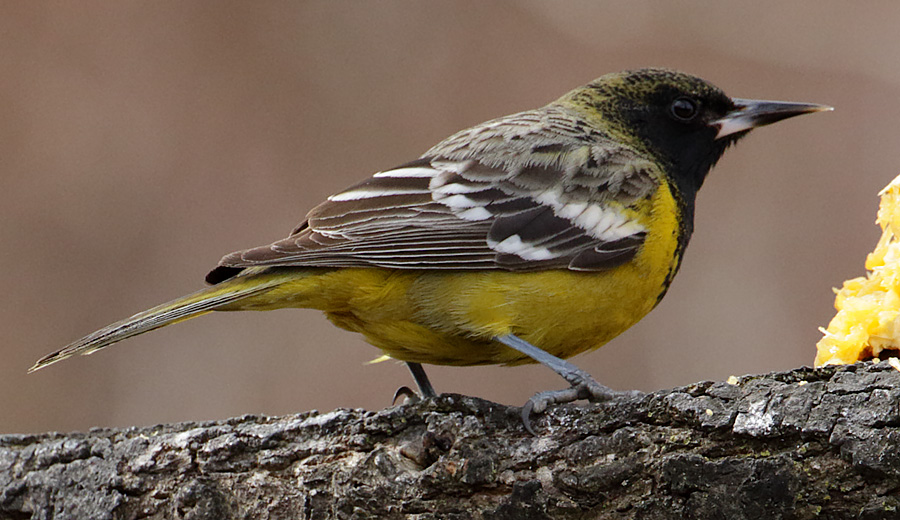
Scott's Oriole
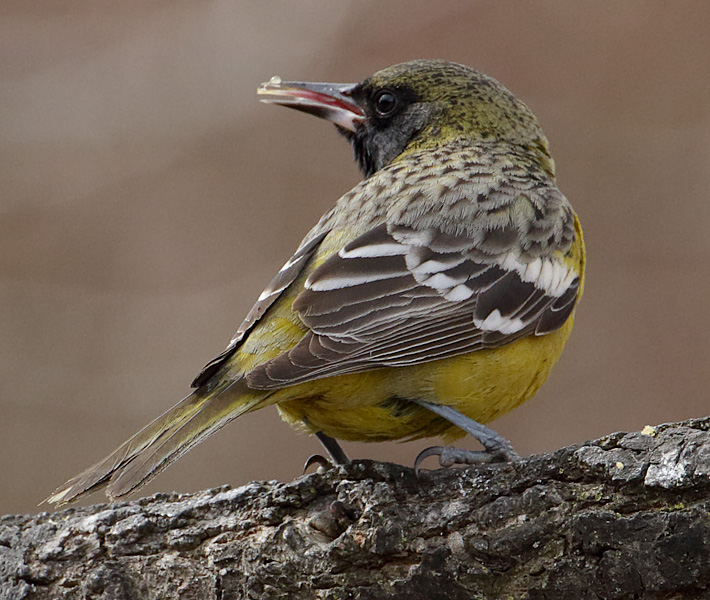
Scott's Oriole
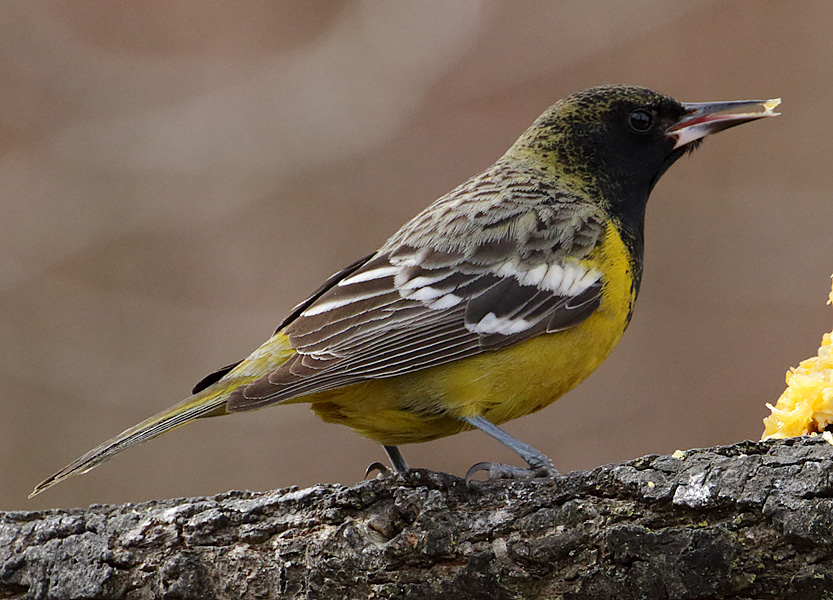
Scott's Oriole
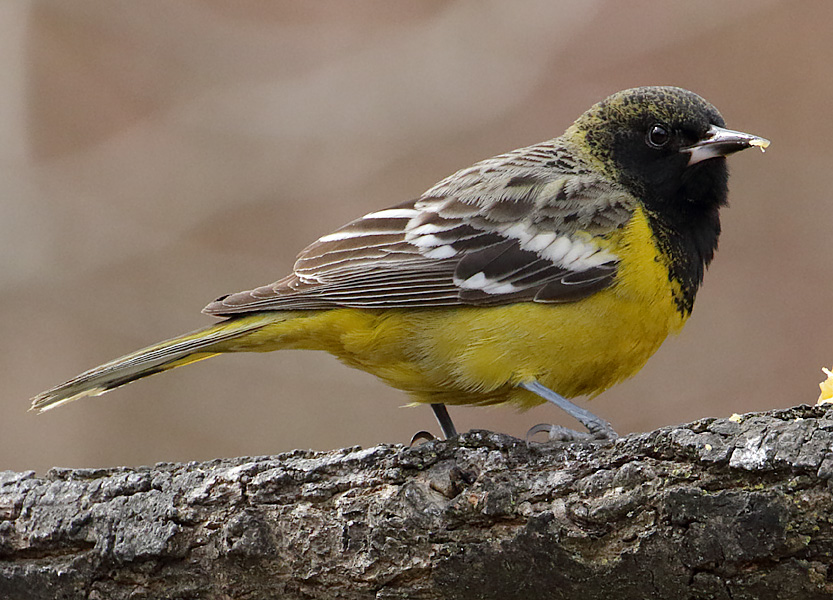
Scott's Oriole
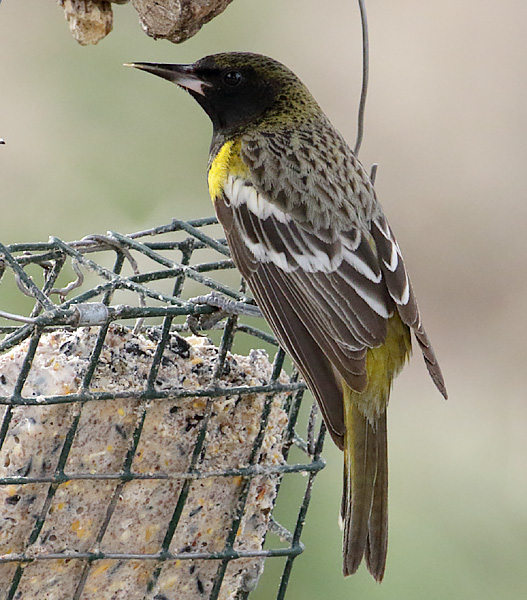
Scott's Oriole
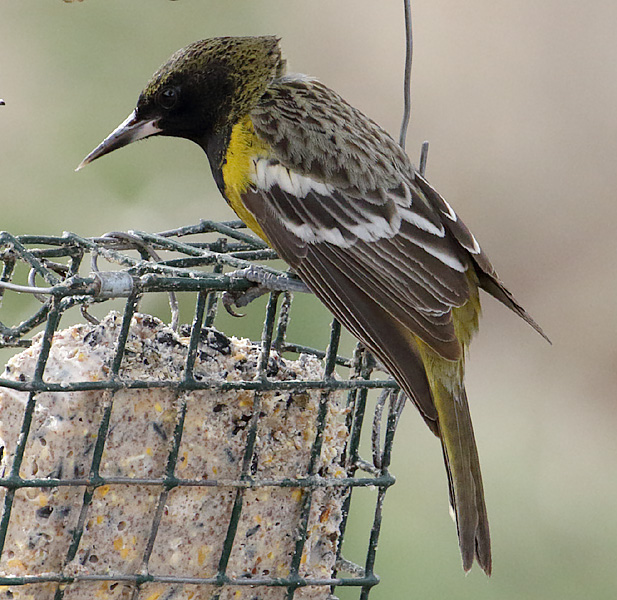
Scott's Oriole
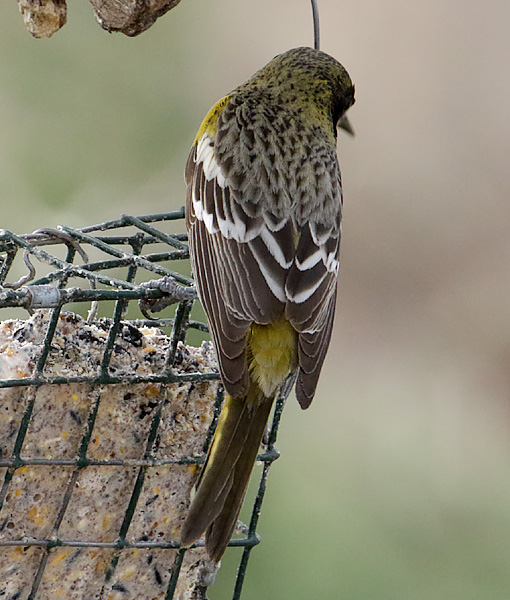
Scott's Oriole
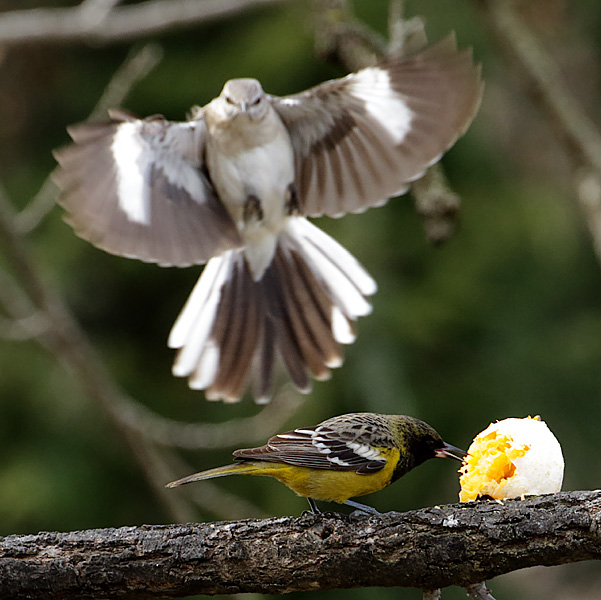
Scott's Oriole and Northern Mockingbird
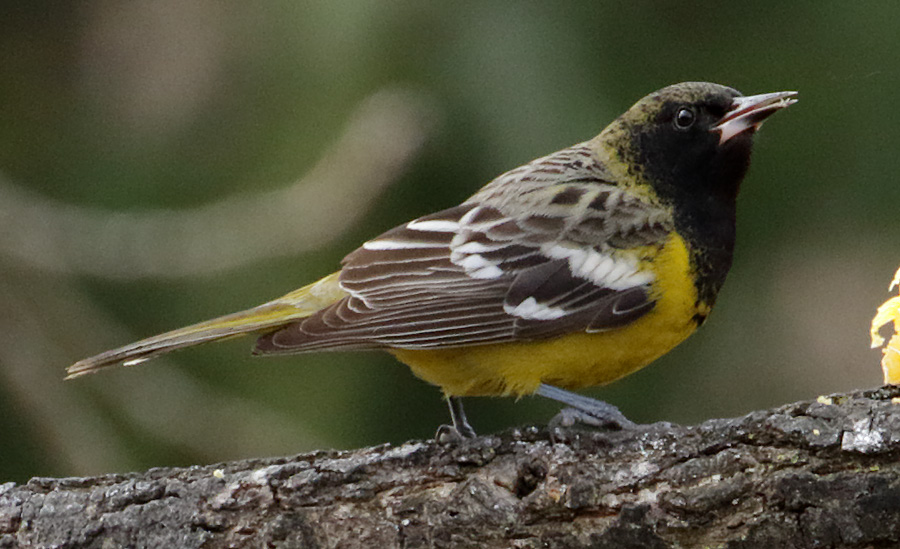
Scott's Oriole
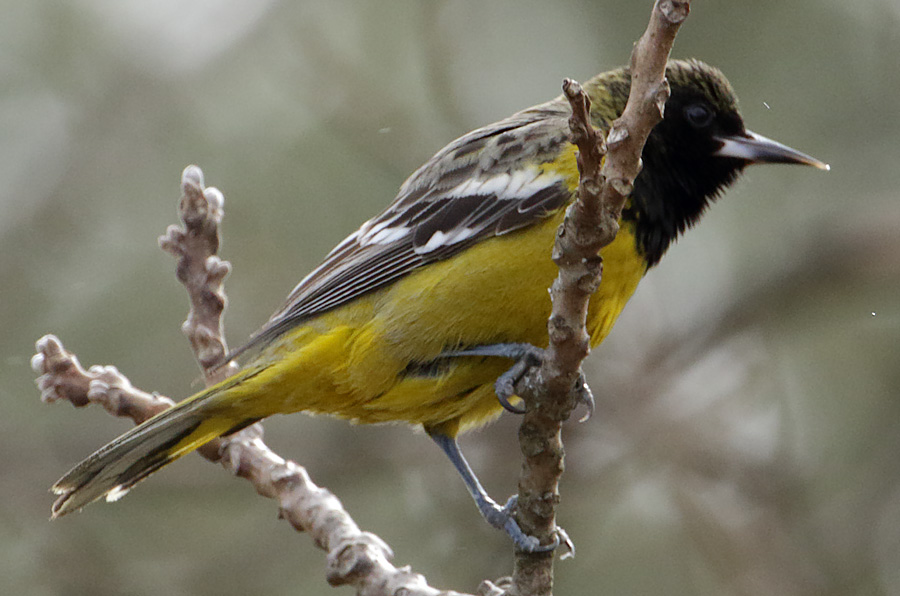
Scott's Oriole
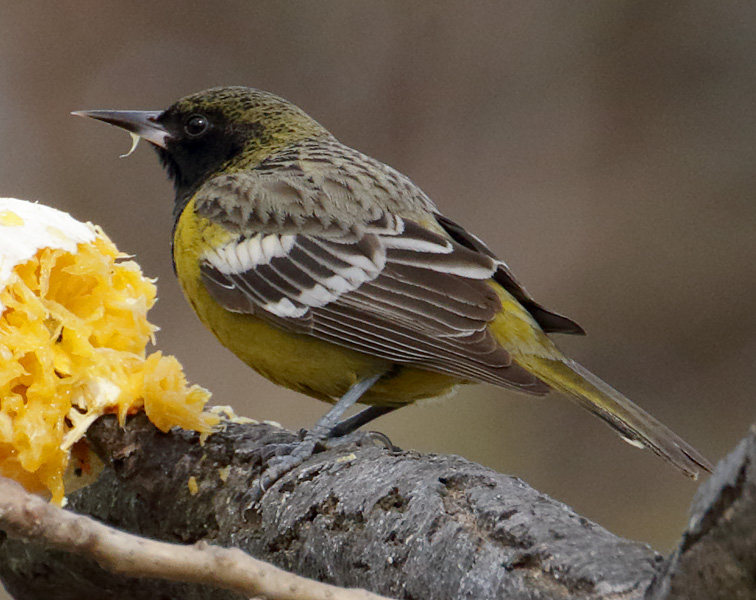
Scott's Oriole
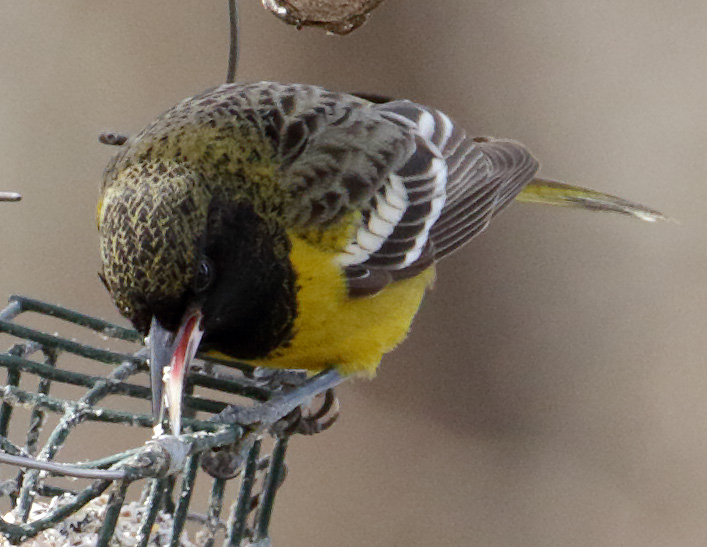
Scott's Oriole
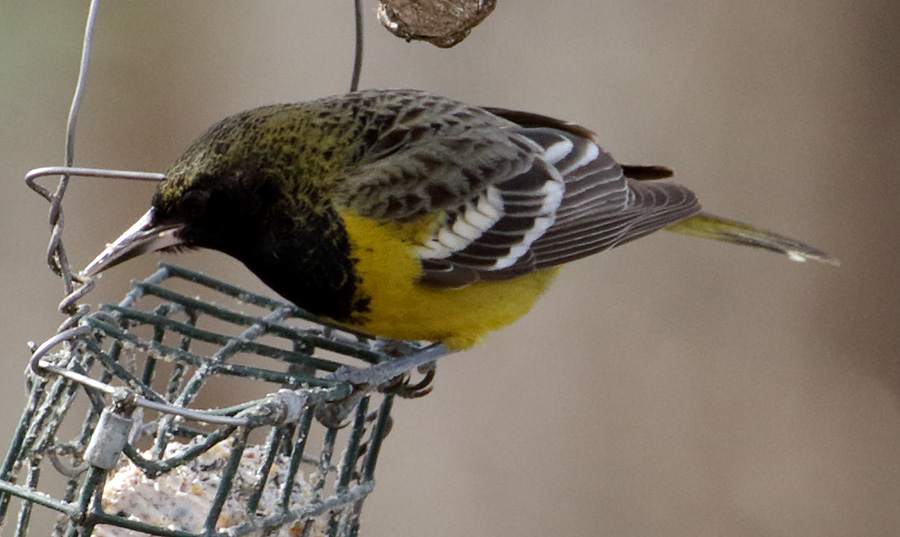
Scott's Oriole